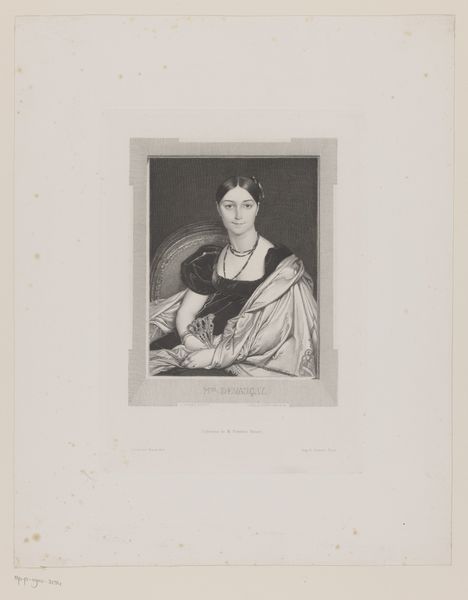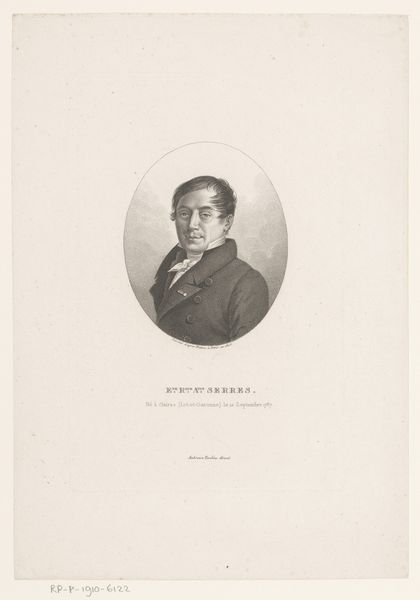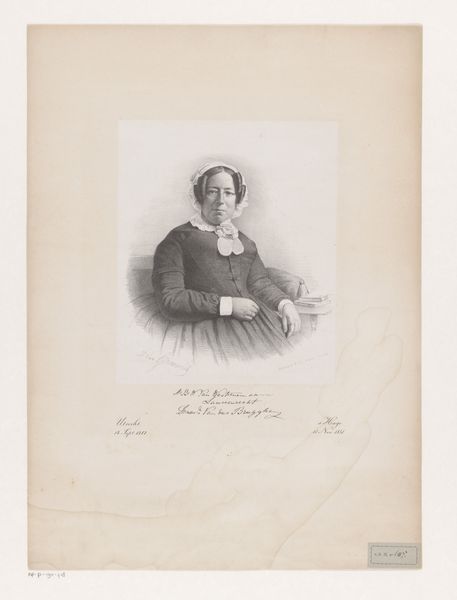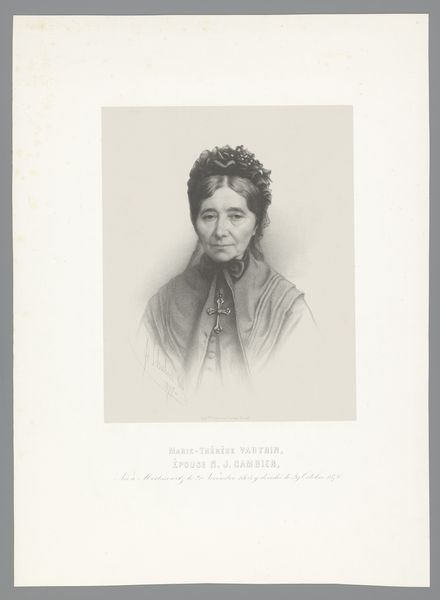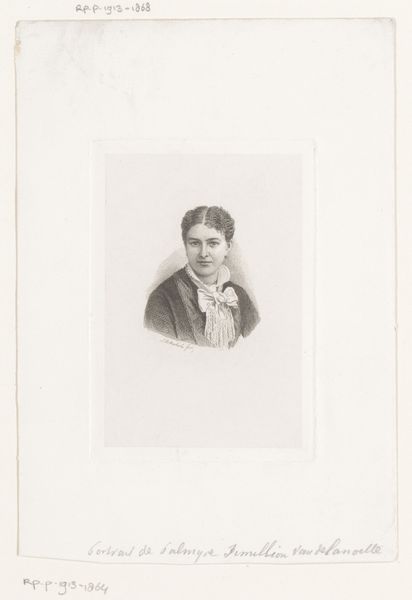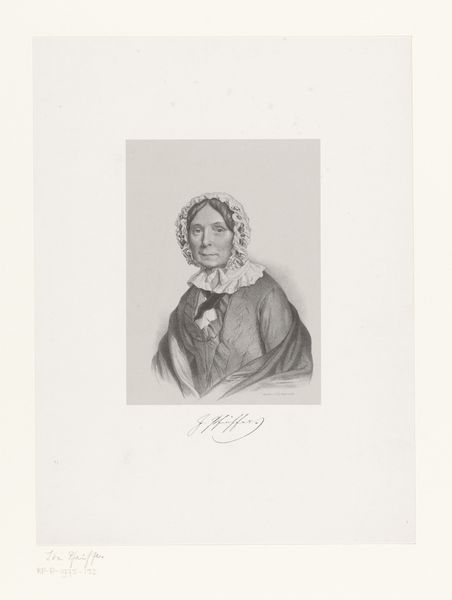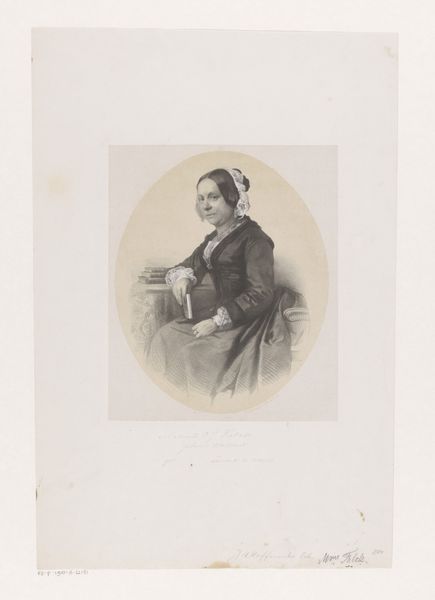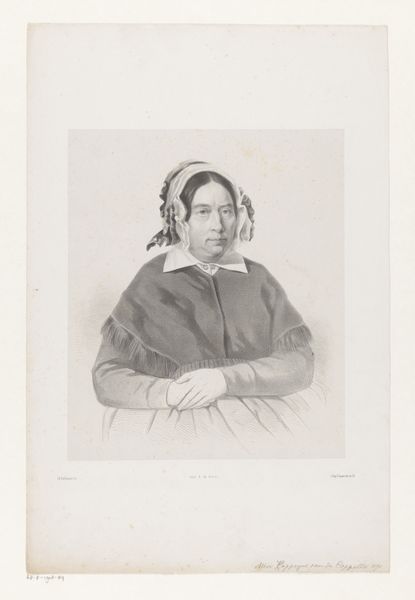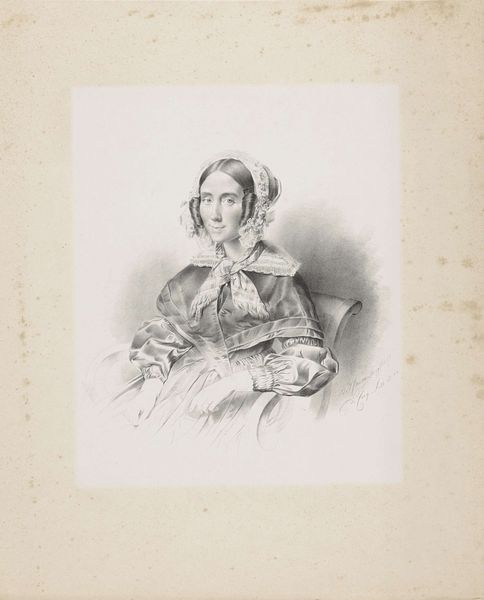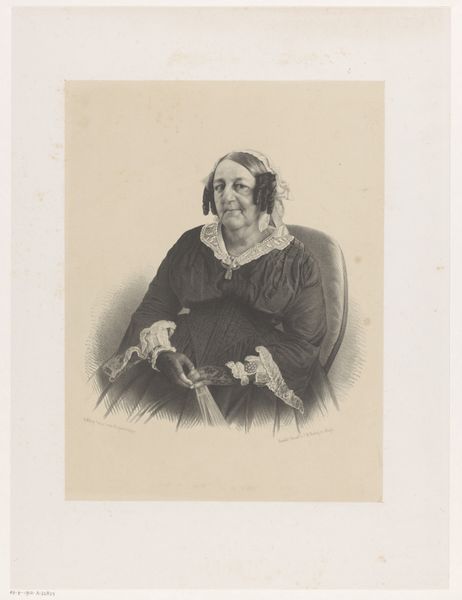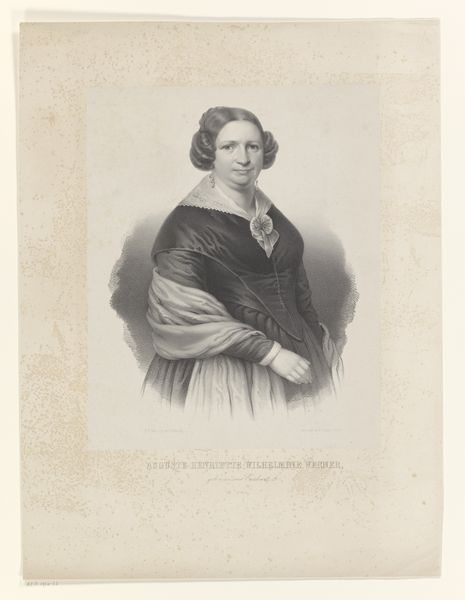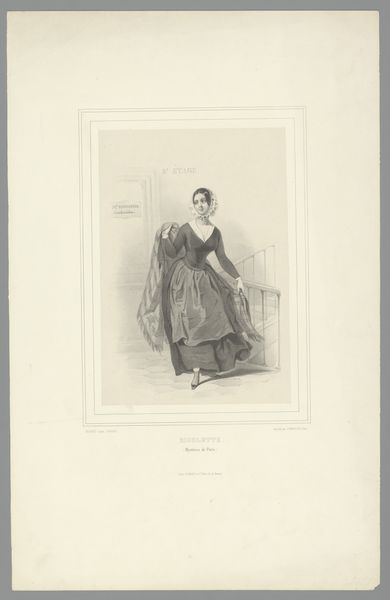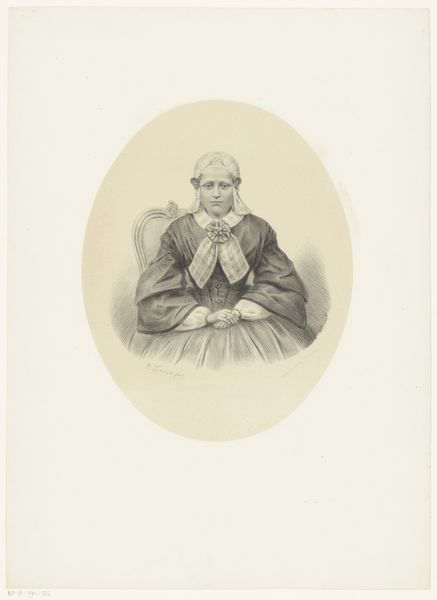
drawing, pencil
#
portrait
#
drawing
#
asian-art
#
pencil
#
academic-art
#
realism
Dimensions: height 446 mm, width 303 mm
Copyright: Rijks Museum: Open Domain
Curator: Before us, we have a pencil drawing entitled "Portret van sultan Pakoe Nata Ningrat" by Christian Heinrich Gottlieb Steuerwald, dating between 1822 and 1863. Editor: My first impression is of remarkable poise, and perhaps even vulnerability—revealed through the delicate handling of line and light. The sitter's expression and the subtle shading create a sense of quiet contemplation. Curator: The choice to render this portrait in pencil carries significant weight. It bypasses the more declarative medium of painting, suggesting an intimacy between the artist and the Sultan—perhaps even a fleeting glimpse into his inner world. It gives the image an almost documentary feeling. Editor: Precisely. The texture achieved is also crucial. Note how Steuerwald manipulates the graphite to give different impressions of the sitter’s robes and jewelry. Observe, for instance, how he subtly captures the reflective surfaces, contrasting them with the softer texture of his skin and headwear. Curator: These textural details bring a compelling realism but look closely at the awards on his jacket, the careful depiction carries connotations of rank and merit, not merely surface ornamentation. It signals his place within a social and political hierarchy, of power acknowledged by a certain… system. Editor: Yet the overall tonal harmony steers clear of bombast, the muted shades of gray prevent it from feeling ostentatious. Instead, there's an emphasis on linear definition and how it sculpts form through shadow and highlight. Curator: Indeed. And considering that, in Javanese court culture, the sultan is more than a mere political figure; he's the spiritual center, embodying cosmic order. That look could be reflecting a much deeper concern of his role as a symbol, especially during a time of external influences. Editor: So we can read the work’s careful composition not merely as objective description but as a construction that carefully conveys the ruler’s status. A constructed ideal if you like. Curator: I agree, these lines echo deeper cultural inscriptions about power and identity. This adds another layer of meaning to an already layered image. Editor: In closing, its technical and aesthetic qualities open up considerations far beyond its surface realism. Curator: This realistic portrayal carries embedded histories, suggesting much more than simply what we see, and what he shows.
Comments
No comments
Be the first to comment and join the conversation on the ultimate creative platform.
